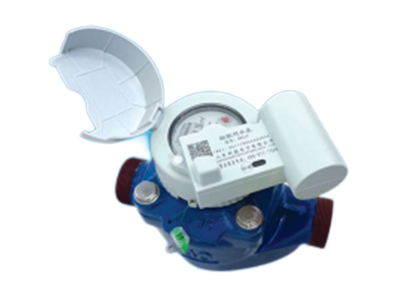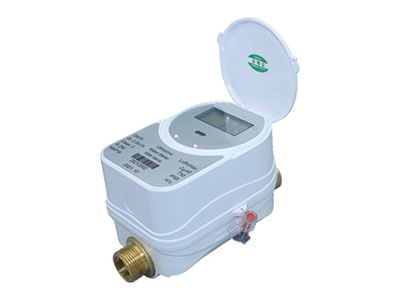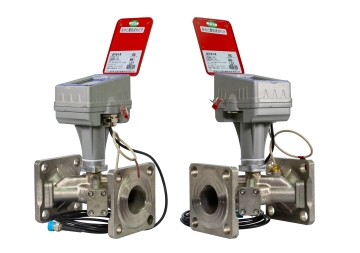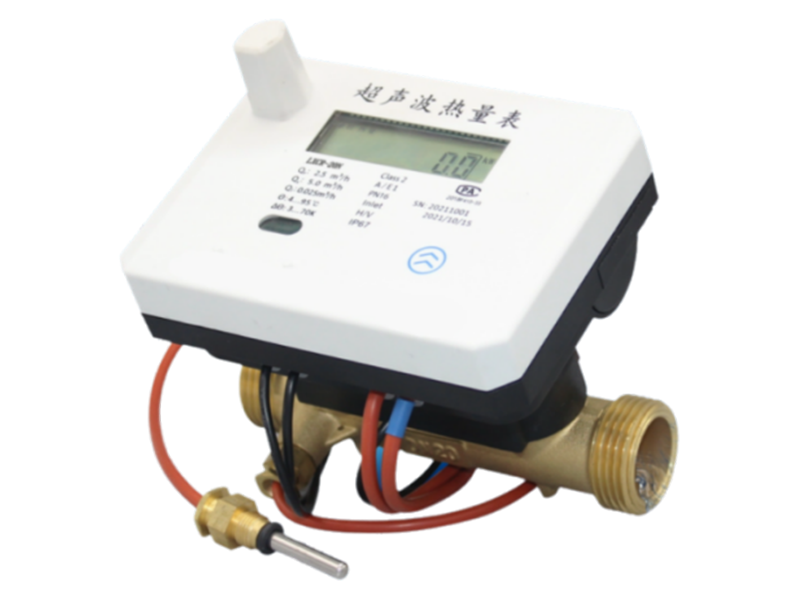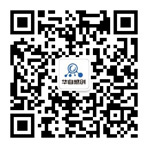Product Center
Contact Us
Mobile: Mr. Zhou +86-18900715600
Telephone: +86-731-88238888
Hotline: +86-400 0586 896
Email: hzgc@cshnac.com
Address: No. 609, Lusong Road, Lugu, High-tech Zone, Changsha, Hunan Province, China

Share to
Distributed Fiber Optic Temperature Measurement GCT-500
Category:
Online Equipment Status Monitoring
Keywords:
Product Details
In a Distributed Temperature Sensing (DTS) system, the optical fiber serves as both the transmission and sensing medium, primarily consisting of a DTS host and temperature-sensing fiber. Different types of temperature-sensing fibers are selected based on the monitoring environment. The DTS host can display the temperature profile of the fiber in real-time on the monitor, highlight alarm signals, and identify and display the actual location of fiber damage.
A Distributed Temperature Sensing (DTS) system utilizes the backscattering generated by laser transmission in optical fibers. By injecting laser pulses of a certain energy and width into the fiber, backscattering Raman scattering, namely anti-Stokes and Stokes light, is continuously generated during transmission. The intensity of the backscattered anti-Stokes light is affected by the temperature at the scattering point in the fiber. By demodulating the intensity of the backscattered anti-Stokes light, a Raman-type distributed temperature sensing (DTS) system is created.
Advantages
- Continuous Distributed Measurement
Distributed fiber optic sensors provide true distributed measurements, continuously obtaining measurement information along ten kilometers of sensing fiber, significantly reducing false positives and missed detections. Real-time monitoring is also achieved.
- Electromagnetic Interference Immunity; Operates Normally in High Electromagnetic Environments
Optical fibers are made of quartz material, providing complete electrical insulation. Furthermore, the signals of fiber optic sensors are transmitted via optical fibers, making them intrinsically safe and immune to external electromagnetic interference.
- Lightning Protection
Lightning often damages numerous electrical sensors. Due to complete electrical insulation, optical fiber sensors can withstand high voltage and current surges.
- Long Measurement Distance, Suitable for Remote Monitoring
Two prominent advantages of optical fibers are their high data transmission capacity and low loss, enabling remote monitoring up to ten kilometers without the need for repeaters.
- High Sensitivity and Measurement Accuracy
Theoretically, most fiber optic sensors have superior sensitivity and measurement accuracy compared to general sensors, a fact confirmed by existing mature products.
Main Technical Specifications
| Number of Channels |
4 Channels |
| Temperature Measurement Distance |
0~10km |
| Temperature Measurement Range |
-40℃~120℃ (Higher temperatures require high-temperature fiber, up to 500℃) |
| Temperature Measurement Accuracy |
±1℃ |
| Temperature Resolution |
±0.1℃ |
| Positioning Accuracy |
1m |
| Measurement Time |
2s/channel |
| Power Supply |
24VDC |
| Relay |
24 Channels |
| Interface |
UsB/rs232/rs485 |
| Relative Humidity |
≤96%rH (non-condensing) |
| Dimensions (W×H×D) |
432mm×528mm×180mm |
Hot Products
Get a Free Quote
Note: Please leave your contact information, and our professionals will contact you as soon as possible!



